Irix 45mm F1.4 Dragonfly Review
Dustin Abbott
April 5th, 2021
Some new lens makers have really saturated the market with their product since arriving on the scene, but Swiss/Korean lensmaker Irix has been far more selective in their releases, with the Irix 45mm F1.4 Dragonfly being only the fourth lens they’ve released since their first release in 2016. The Irix 45mm is their first lens in the “standard/normal” space, with their first two lenses being very wide angle: a 15mm F2.4 (my review here) and an even wider 11mm F4 lens. They then added a very nice 150mm F2.8 Macro lens (my review here), a lens which I like even better on my Canon EOS R5, as it gives better manual focus aids along with stabilization (something sorely needed with a longer focal length like that). I’ve found that Irix lenses offer a very nice value for money, with a great build quality, good mechanical performance, and a nice optical performance as well.
I’m a fan of the 45mm focal length. I’ve owned two 45mm lenses (Tamron SP 45mm F1.8 and the Samyang AF 45mm F1.8) and have been partial to them both. The focal length is slightly wider than 50mm but can do all of the 50mm things quite well while also being slightly more flexible for other subjects. I have a lot of fun out shooting with such a focal length, and the Irix 45mm proved no different.
The Irix quirk is that they produce manual focus only lenses but tend to sell them (at least in the stills versions) only for DSLR mounts, which tend to be much less forgiving of manual focus. I don’t actually own any DSLRs anymore, so I’m performing this test on my Canon EOS R5 via adapter. It seems to me that Irix would be better suited developing future lenses for Canon RF, Sony FE, and Nikon Z mounts than the current mix of Canon EF, Nikon F, and Pentax K mounts…though Irix does have a slightly different version of this lens designed for the medium format Fuji GFX system coming soon.
So is there a market for a manual-focus-only 45mm option for DSLR mounts in 2021? I honestly don’t know, but the idea of a nice quality, F1.4 lens under $700 USD is always worth investigating, particularly when it adapts easily to mirrorless bodies due to having an electromagnetic aperture iris and full electronic communication. The shooting experience is much like using a Zeiss lens in a similar situation; something I’ve never considered a hardship. So let’s explore this unique lens together. If you would prefer to watch your reviews, you can choose either my long format definitive review or shorter standard review below.
Follow Me @ Patreon | My Newsletter | Instagram | Facebook | DA Merchandise | Flickr | 500px
Thanks to Irix for sending me a loaner copy of the lens for review. This (as always) is a completely independent review.
Irix 45mm F1.4 Build and Handling
Irix was unique from other companies in the early days because they adopted a bifurcated approach to their lenses build. The 11mm and 15mm lenses debuted with two different build levels – the “entry-level” Firefly and the premium Blackstone. The former already had a high degree of build quality, with nice materials and weather sealing, but, like most lenses, Firefly lenses had more use of composites in the outer shell around a metal frame. The Blackstone utilized a magnesium alloy outer shell and had a degree of build not unlike a Zeiss Milvus lens. Very, very nice. Both versions housed the same optics. But Irix seems to have only kept up the two “trim levels” for its first two lenses, as both the 150mm F2.8 Macro and now the 45mm have a third designation, which is “Dragonfly”. I suspect the two trim levels proved a little confusing to the market, so Irix has focused on merging the best traits from both trim levels into one (though the Firefly and now Dragonfly designation is also confusing.)
Their new Dragonfly build includes the hard case previously only included with the Blackstone edition along with the slightly higher degree of weather sealing found in the Blackstone trim. Smaller details like the use of UV reactive paint in the engraved barrel marking also made the transition. What they’ve retained of the Firefly build is the rubberized focus ring material rather than the metal one on the Blackstone (not necessarily a bad thing, as the focus ring has great grip) along with the use of some composites in the barrel to keep the weight down (though the Irix 45mm is hardly light at 925g!) Here’s what Irix says regarding the build:
“DRAGONFLY features:
- Reinforced internal construction based on metal elements
- Scratch-resistant finish
- Anti-slip focus ring with special finish for easy focusing
- Engraved markings filled with UV reactive paint
- Sealings to protect against dust and water
- Rigid carrying case included as standard
The Dragonfly finish is a combination of reinforced metal and composite elements. This combination has resulted in an extremely durable construction, which thanks to numerous seals, remains resistant to adverse weather conditions.”
Here’s a look at the diagram of seal points, which seems to indicate about four different seal points:
In the hand, the Irix 45mm F1.4 comes across as being a very nicely made lens. It’s heft in part gives that impression, sure, but the overall feel of everything is excellent. It starts with the included molded carrying case. Irix cases may be my favorite for the simple reason that they are cleverly designed to take up as little room as possible. Because the case is molded to the contours of the lens, carrying the lens in the case doesn’t take up much more room than carrying the bare lens. The molding of the case ensures that most knocks and bumps are not going to impact the lens itself.
This is not a small lens. It is more in the vein of the Sigma ART series than the tiny Samyang AF 45mm F1.8 lens I own for Sony. It is 87mm in diameter (3.43″) and 105mm in length (4.13″). That weight of 925g (right over 2 pounds) puts it about 110g heaver than the Sigma 50mm F1.4 ART, though the monstrous Sigma 40mm F1.4 ART is 300g heavier. Some people like heavy lenses; other definitely don’t. I suspect a natural sorting will take place as to those willing to endure the heavier weight of such a lens and those who aren’t.
As noted in the intro, the Irix 45mm F1.4 has an electromagnetic aperture iris, meaning that there is no external aperture ring and that aperture is controlled from within the camera in a similar fashion to most autofocusing lenses. The benefit of this is that focus can be done with the aperture iris completely open (allowing more light for focus), and the iris quickly closes to the preset aperture at the moment the shutter button is depressed. It also means that the lens is fully electronic and all EXIF information is properly sent to the camera. Essentially the only difference between this lens and an autofocus lens is that you have to manually focus yourself.
The focus ring is pretty great. It has a unique texturized surface and a rubber finish that provides very sure grip while focusing. It employs a ridge in the focus ring (with a blue line painted on it) that helps to serve essentially like a focus throw position. You can look at that visually and have a high degree of repeatability for focus throws by simply returning to that same position with the ridge. You can do this to some degree even by touch. Irix claims that this was a popular feature on the 150mm, and I believe it. I estimate about 175 degrees of focus throw is there, and I found it pretty easy to get precise focus adjustments in my tests…including shooting through the trees to a distant barn:
And for nailing focus on portrait shots at varying distances.
There are also distance marking engraved on the barrel next the focus ring, and that section feels like a metal alloy.
The focus action is perfect for smooth, precise focus throws in video. I love a lens like this for video work because of the control, and I found the ridge and focus marker line genuinely useful for getting to my “spot” during a focus throw. There is some focus “breathing”, however, as the size of objects does change relative to whether they are in or out of focus.
I had the opportunity to test the lens on my Canon EOS R5 and Sony a7RIII, and mirrorless bodies certainly help with manual focus lenses. You can magnify the focus area to visually confirm focus, use focus peaking and overlays, and even utilize the Focus Guide on the EOS R5 which makes manual focus simple and accurate, though slower in process than autofocus. Irix lenses make so much more sense on mirrorless bodies, so I’m perplexed why they continue to develop almost exclusively for traditional DSLR mounts whose cameras lack all of these aids. Manual focus is much more challenging on traditional DSLRs, though there is a focus confirm chip on the lens that will allow a “beep” when focus is achieved.
The Irix 45mm has features that make it a nice option for video work. The smooth focus action helps, and a good manual focus lens allows for unique control over focus that an autofocus lens simply doesn’t. But if you are serious about video, you may want to consider the CINE version of the lens instead, which is geared, has a declicked aperture ring, has a support foot, and features the industry standard 95mm front diameter.
The Irix 45mm also utilizes another unique feature of Irix lenses in the form of a tension ring above the focus ring that allows you to increase tension and even lock focus in a certain position. This could be handy for street shooters, for example, who might have a standard focus distance they want to instantly focus to, or for someone working on a tripod that wants to lock in a certain position and make sure focus doesn’t get bumped. It’s not a feature that I often use, myself, but there are obviously those who do value it.
The included lens hood is fairly pedestrian. It is plastic with a slight tulip contour and has a satin finish on the outside and a matte finish inside to help with stray light bouncing around. It is fairly deep, and the lens with the hood mounted becomes quite long.
There is a large but common 77mm filter thread up front.
Inside the lens, we have nine rounded aperture blades which do a reasonable job of keeping a circular shape. Here’s a look at F1.4, F2, and F2.8:
There’s definitely some “cat-eye” geometric deformation (and a bit of a swirling effect), but if you want round bokeh circles across the frame, shoot at F2.8.
There is no image stabilization in the lens, but if you happen to have a body with IBIS (another reason for IRIX to develop for mirrorless!!), you can get that assistance with the focal length automatically transmitting to the camera. I was able to handhold this 1/5th second image while testing:
Minimum focus distance is a slightly better than average 40cm, and, while the maximum magnification figure isn’t listed, it looks to be around 0.19-.20x. Close up performance lacks some contrast, so don’t hesitate to stop down to F2 to get higher contrast while retaining nice bokeh.
All in all, we’ve got a beautifully made lens with great handling, though the size will undoubtedly be off-putting to some potential buyers. Irix knows how to make nice lenses!
Irix 45mm F1.4 Image Quality
There is a unique tension in wide aperture lens design that I’ve watched play out time and again. The classic lens design often allowed for lower contrast at wide apertures to allow for softer, creamier bokeh and overall rendering, and then the lens would gradually gain sharpness and contrast as stopped down. Some newer designs strive for very high correction of aberrations to achieve high contrast and performance even wide open, though often at a cost of slightly harsher bokeh and a more “clinical” look. Irix seems to have opted more for the classic design in their 45mm F1.4. This is an 11 element in nine group optical design, with a high number of those elements being special elements. These include 4 HR (High Refractive) elements along with 1 extra low dispersion element (ED) along with an aspherical element. The lens boasts of IRIX’s “Neutrino Coating” as well.
I didn’t see a lot of longitudinal chromatic aberrations (LoCA) despite the fast maximum aperture. There’s a mild amount of fringing here before and after the plane of focus, but not enough to really show up in many images.
I see no evidence of lateral CA (LaCA) along the edges of the frame, either.
Distortion is also so mild as to require no correction, though there is a significant amount of vignette here at F1.4:
I had to use roughly a +90 to correct that vignette, which tells me that there is at least 3 stops of vignette in the extreme corners. Much like a Zeiss lens, however, the vignette is very linear and focuses the eye towards the center of the frame. You can use it creatively, though that doesn’t work in every scene:
Stopping down to F2 helps naturally correct for a lot of that vignette if you don’t want it, and because it is linear it corrects fairly well in post.
While chromatic aberrations are not strong, there are some uncorrected spherical aberrations that make for a light “haze” over textures, giving images at F1.4 a slightly “dreamy” look…at least when viewed at pixel level. This F1.4 portrait doesn’t look particularly sharp when viewed up close, but you can see how that the global image and then close in crop on the right shows more apparent sharpness…but all I’ve done is add some of Lightroom’s “Dehaze” slider.
There are pros and cons to the lower contrast at F1.4 that we’ll explore in a moment. First to my chart tests. This test has been done on a 45MP Canon EOS R5, 2 second timer, on a tripod with everything carefully focused at 10x magnification. Here’s the chart where the details are coming from:
First, at F1.4, here are the crops from the center, midframe, and bottom right corner.
You can see that there is a decent amount of resolution there, but the spherical aberrations reduce contrast and give what looks like a bit of a Vaseline smear over the front of the lens.
F2 is better, but I find the big jump comes at F2.8, where contrast radically improves:
Extreme corners are good at F4 and exceptional by F5.6, where resolution across the frame is fantastic:
I did see some scenes where details popped even at wider apertures, though, like this shot at F1.8:
What’s also worth considering, however, is that global contrast looks great, in part because the lens has really fabulous defocus (bokeh). Look at this monochrome, for example:
Here’s another example that I love. It’s an F1.4 image, and isn’t amazingly sharp/high contrast at a pixel level, but at a global level it looks awesome (this is Lightroom’s “Warm Contrast” profile):
And here’s the tradeoff for that lower contrast at wide apertures – the quality of the bokeh is really fantastic. Great rendering allows a lens to produce gorgeous images even if the lens isn’t technically perfect (the Canon EF 85mm F1.2L II is a great example of that). Some of the most stunning portraits I have ever seen have been taken with that Canon lens, but if you are testing it on a technical level, it actually doesn’t chart particularly well.
It is March here in Eastern Ontario, Canada, which means that the snow is melting and leaving piles of ugly grey slush, and, since nothing new is growing yet, nature is covered with the squashed, decayed detritus from last autumn. It is the most difficult period of the year for taking photos where I live. Despite that, however, I was able to get many stunning images, and it has everything to do with the quality of the rendering. Take this shot, for example:
The subject in this image is a pine bow that fell to the ground and the needles are decaying and falling off. The background is dried growth along the edge of the bank of a lake. Despite this, the artistic rendering and lovely bokeh from the lens makes for a visually interesting image.
And how about this?
All this image shows is an exposed bit of moss where snow has melted away and exposed a bit of green against a backdrop of exposed roots and eroded earth. And yet there is some visually arresting about the end result.
How about last year’s dried weeds?
My point is that the power of fine rendering even in the absence of technical perfection makes for images that, when viewed globally (essentially the only way your audience will ever look at them), are visually appealing in a way that images from a better corrected, more clinical lens would not be. I love image sharpness and I’m definitely a pixel peeper because of the work I do, but I also recognize two things 1) I don’t look at anyone else’s work that way and 2) I really like the feel of the images I get from the Irix 45mm F1.4 despite its lower than desired wide open sharpness.
A lens with good rendering can help an artist make just about any subject desirable…like a length of chain:
If you buy this lens, do yourself a favor and shoot portraits through foreground objects. The lovely foreground and background bokeh allow for images with depth and character:
The Irix 45mm F1.4 shows fairly strong flare resistance for a wide aperture prime. For stills images I got virtually no flare artifacts other than some localized veiling/loss of contrast wide open, and next to nothing stopped down. I even shot right into a flash set on TTL and very little flare artifacts even the lens wide open. The sequence of photos below shows various situations with a shot wide open (F1.4) and then a second at F11.
I found color rendering from the lens to be rich. It doesn’t have Zeiss microcontrast, but there is something about the color and overall look of images that feels somewhat Zeiss-like in character.
Irix chose to go a bit old school with the lens design here, opting to not correct all of the spherical aberrations in order to allow the lens to have a bit more character in its bokeh and overall rendering. That choice will be endearing to some photographers while others will prefer a lens like the Sigma 50mm F1.4 ART, which has more contrast and sharpness at F1.4 even while having a bit less in the rendering department. Most lenses are a delicate balance between the two extremes, and few lenses give you both contrast and soft bokeh. You have to choose your own set of priorities. Take a look at the lens image gallery to check out more photos and see if they suit your tastes.
Conclusion
The Irix 45mm F1.4 Dragonfly is a nice addition to IRIX’s (slowly) growing lineup of lenses. I don’t mind the fact that they aren’t rushing the lenses out. They’ve accepted completely different challenges with both of their most recent lenses, and I think taking your time and getting the lenses right the first time is an admirable approach. I don’t know how big of a space they have carved out in the market yet, though I would think that shifting their focus towards mirrorless design would probably help that. Both the Canon RF and Nikon Z have a dearth of third party development for them at the moment, and that seems like a golden opportunity for a company that doesn’t need to worry about reverse engineering focus algorithms. Even a mild redesign to existing lenses to allow for them to be built in native mirrorless mounts would be a good first step.
The IRIX 45mm F1.4 is a beautifully built lens with nice attention to detail. Everything works as it should, and, while it is manual focus only, the quality of focus makes it a relative joy to use in the field. Using it adapted to a mirrorless body only furthers the experience. On the downside, however, the lens is large and heavy, which will deter some potential buyers.
This isn’t a technically perfect lens. The wide open sharpness and (particularly) contrast is unimpressive, though the tradeoff of this is a truly gorgeous bokeh rendering. I loved the look of wide aperture images on a global level even while being slightly unimpressed at a pixel level, though images taken at smaller apertures became technically flawless with very sharp detail throughout the frame. You’ll have to determine for yourself if this particular approach to optical design is what you are looking for, but I do appreciate a lens with excellent character in an era where the prevailing trend is often towards technical perfection. I continue to look forward to testing new IRIX gear in the future; there is always something intriguing about what they bring to the table!
Pros:
- Fantastically well executed build
- Good weather sealing
- Gorgeous manual focus action high on precision
- The marked notch on the focus ring is a genuinely useful (and innovative) feature
- Gorgeous bokeh rendering
- Beautiful color
- Good chromatic aberration control
- Good flare resistance
- Strong sharpness and contrast at smaller apertures
Cons:
- Large and heavy
- Wide open contrast is low, making the lens appear a bit “soft”
- No autofocus
- Designed for DLSRs when mirrorless cameras are so much more forgiving to manual focus
Gear Used:
Purchase an IRIX 45mm F1.4 @ B&H Photo | Amazon | Amazon Canada | Amazon UK | Amazon Germany | Ebay
Purchase a Canon EOS R5 @ B&H Photo | Amazon | Camera Canada | Amazon Canada | Amazon UK | Amazon Germany | Ebay
Purchase a Canon EOS R6 @ B&H Photo | Amazon | Camera Canada | Amazon Canada | Amazon UK | Amazon Germany | Ebay
Buy DA Merchandise https://bit.ly/TWIMerch
Peak Design Slide Lite: Peak Design Store | B&H Photo | Amazon | Amazon Canada | Amazon UK
Peak Design Leash Strap: Peak Design Store | B&H Photo | Amazon | Amazon Canada | Amazon UK
BenQ SW271 4K Photo Editing Monitor – B&H Photo | Amazon | Amazon.ca | Amazon UK
Adobe Photoshop Creative Cloud 1-Year Subscription
Exposure Software X6 (Use Code “dustinabbott” to get 10% anything and everything)
Visit Dustin’s Amazon Storefront and see his favorite gear

Purchasing your gear through B&H and these links helps fund this website and keeps the articles coming. You can also make a donation here if you would like. Visit my Amazon page for some of my gear of choice! Thank you for your support.
Great News! I can now offer a 5% discount on all purchases at Amplis Foto, Canada’s Leading Photographic Supplier. Please enter discount code: AMPLIS52018DA in your cart. It is good for everything in your cart, and is stackable with other coupons, too! It will take 5% off your entire order! Proceeds go towards keeping this site going and providing you with new reviews!
Check me out on: My Patreon | Sign Up for My Newsletter | Instagram | Facebook | Twitter | Flickr | 500px | Google+ |
Use Code “DUSTINHDR” to get $10 off ($15 CDN) any Skylum product: Luminar, Aurora, or AirMagic
Purchase an IRIX 45mm F1.4 @ B&H Photo https://bhpho.to/3fmSlKm | Amazon https://amzn.to/3m3p5tK | Amazon Canada https://amzn.to/31uhuLi | Amazon UK https://amzn.to/3foz0bW | Amazon Germany https://amzn.to/3sxktyp | Ebay https://ebay.us/IuKZBt
Keywords: Irix 45mm F1.4, Irix 45mm F/1.4, F1.4, Irix, 45mm, Irix 45 1.4, Review, Dragonfly, Irix 45mm F1.4 Dragonfly Review, Irix 45mm F1.4 Review, Canon EOS R5, EOS, R5, EOS R5, EOS R6, mirrorless, full frame, EOS R5 Review, Canon R5 Review, Canon 70-200 Review, Dustin Abbott, Real World, Comparison, Handling, Bokeh, Portraits, Resolution, High ISO, Image Quality, Sample Images, Photography, 45Mpx, Canon
DISCLAIMER: This article and description contains affiliate links, which means that if you click on one of the product links, I’ll receive a small commission. As an Amazon Associate I earn from qualifying purchases.











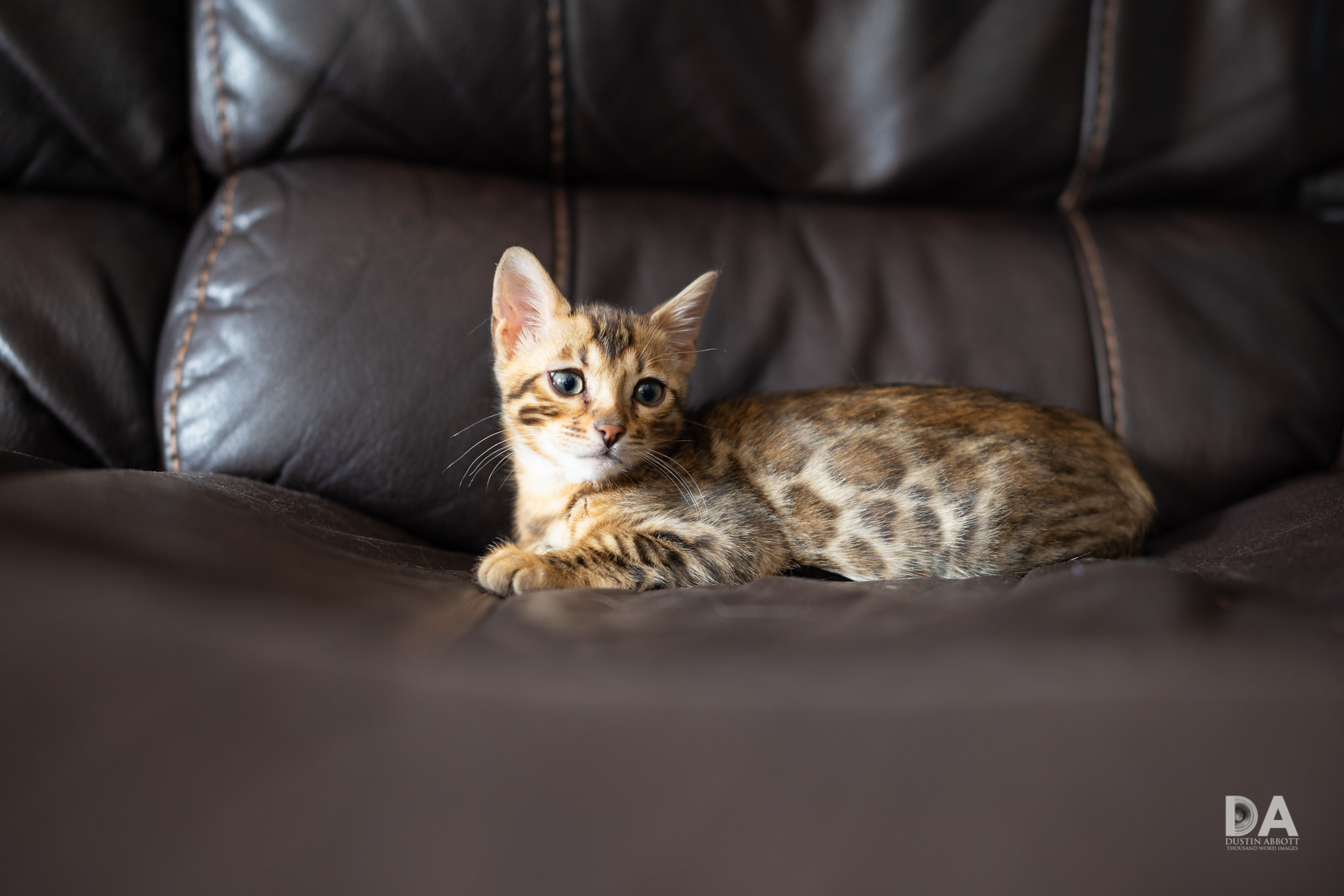



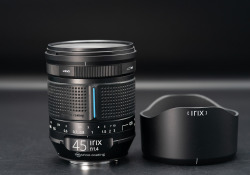
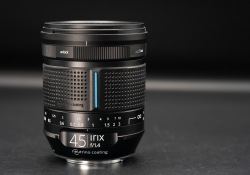

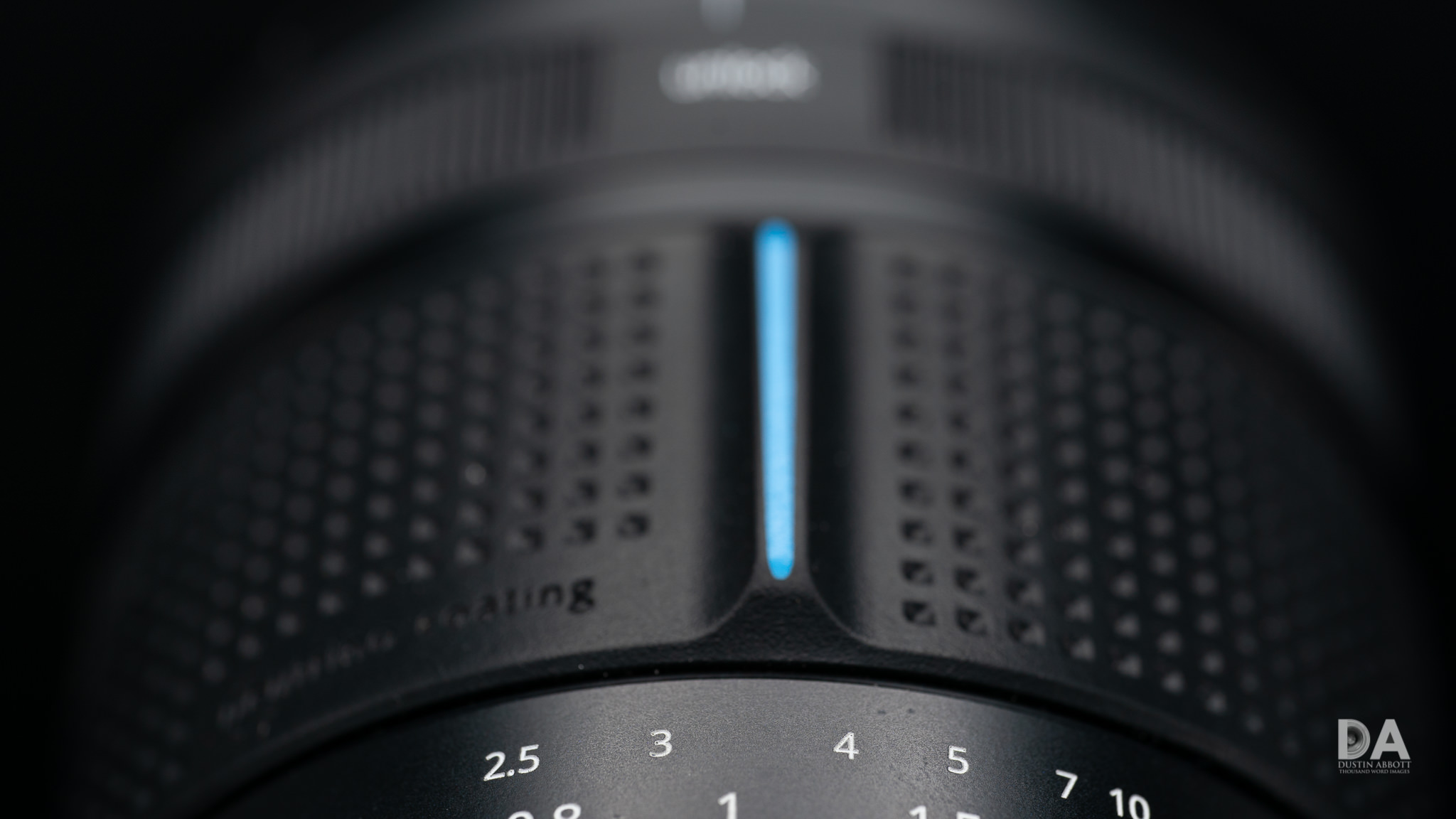
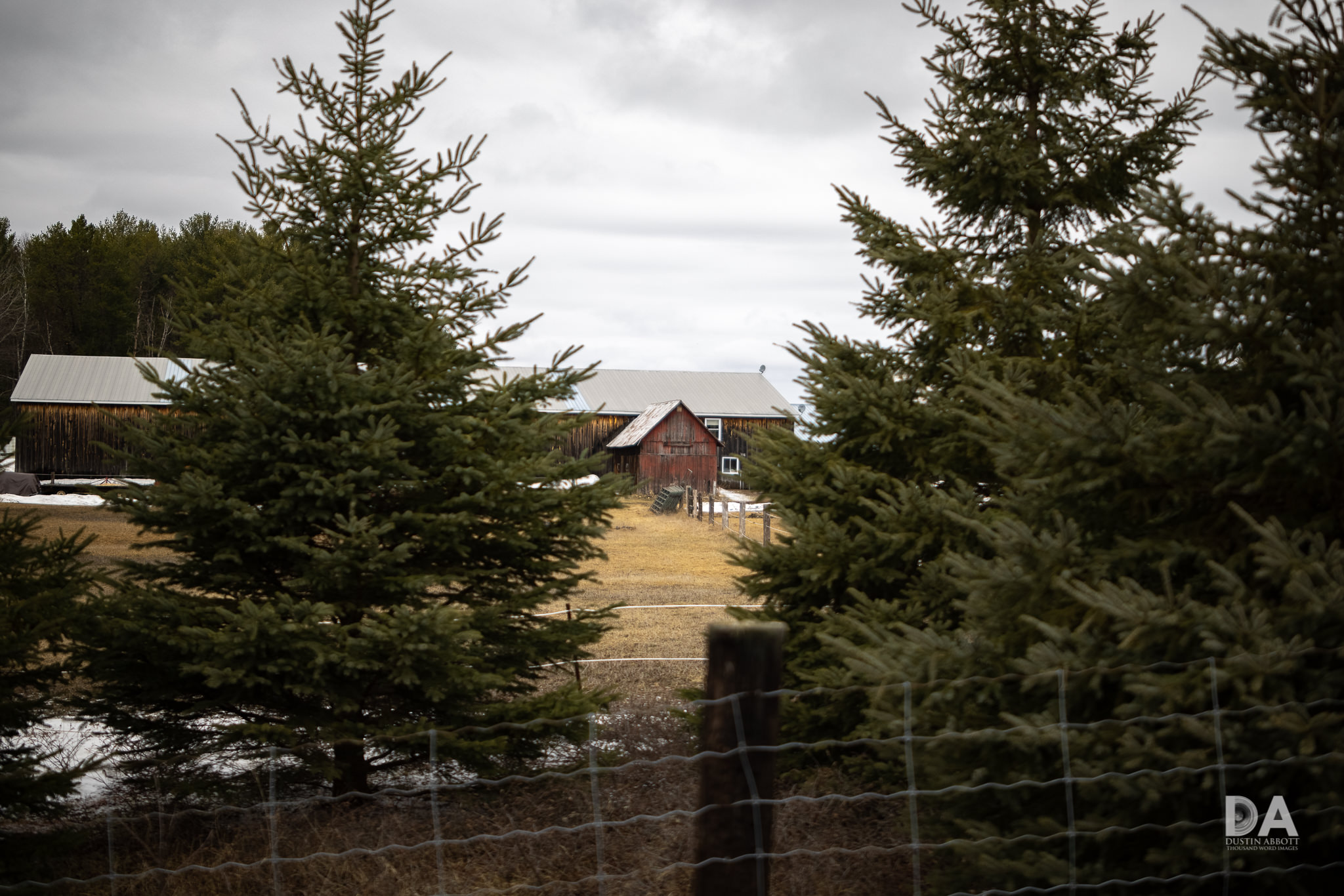






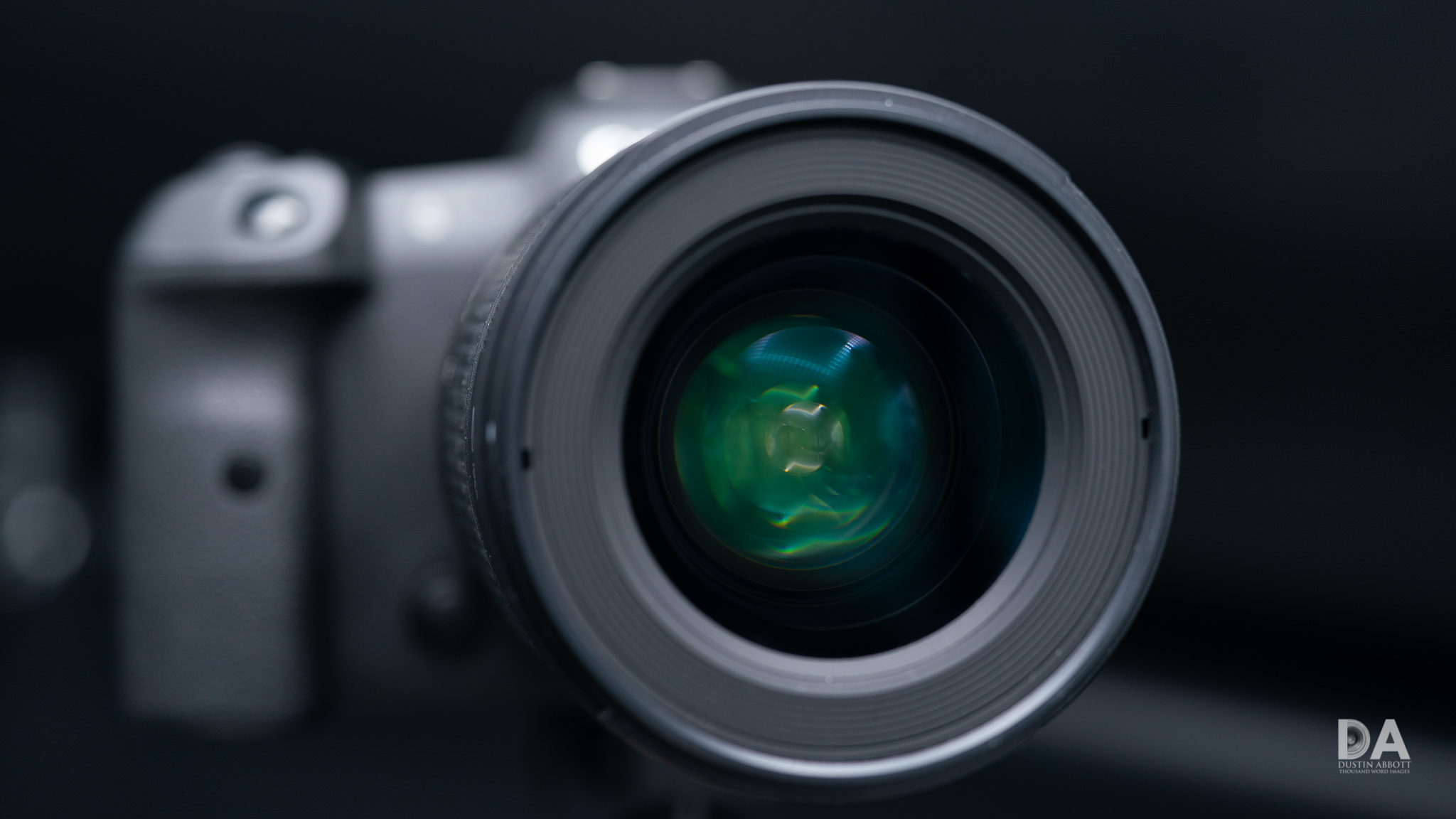
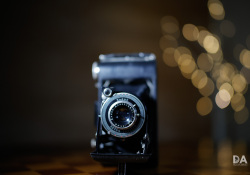


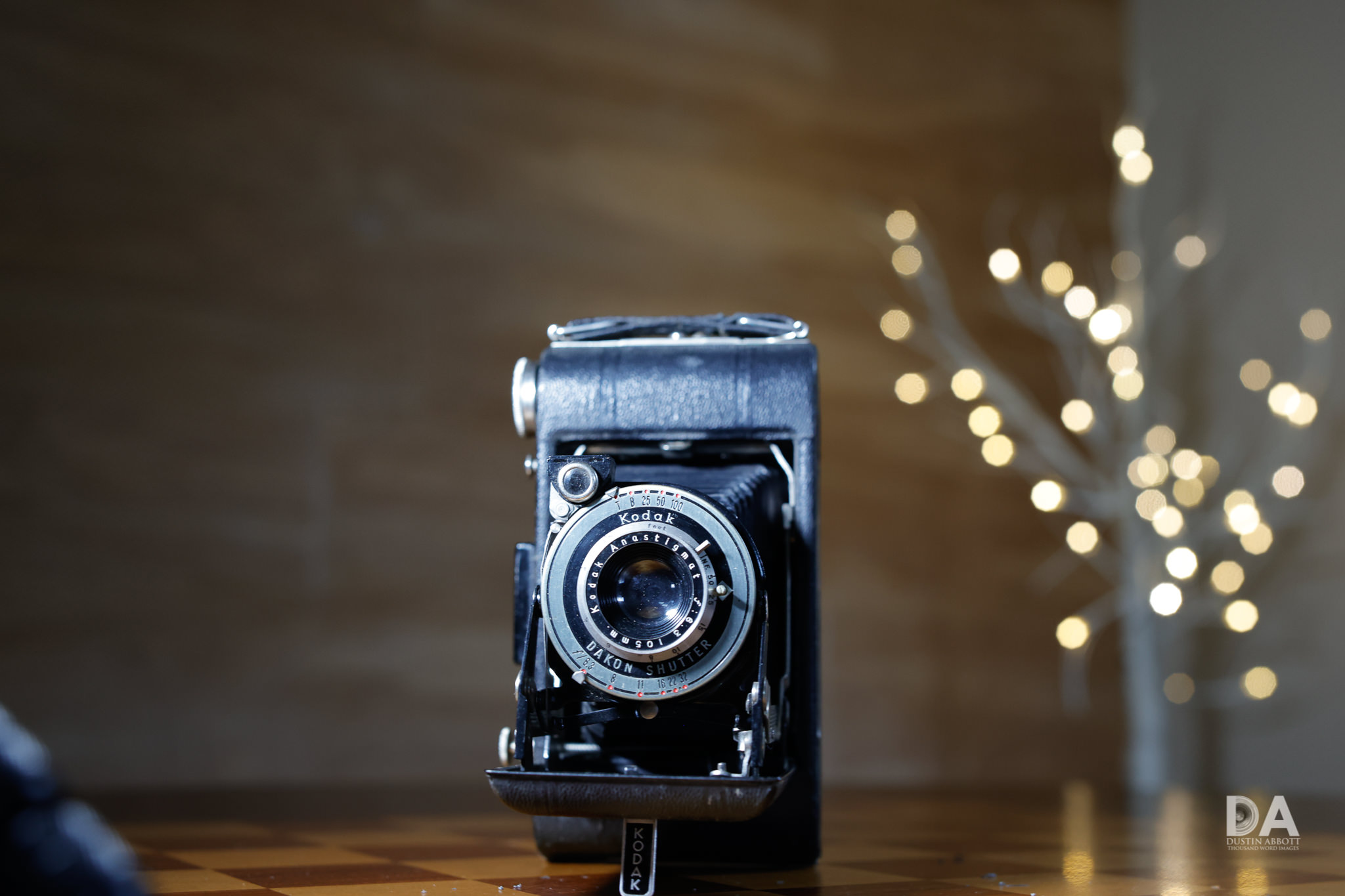

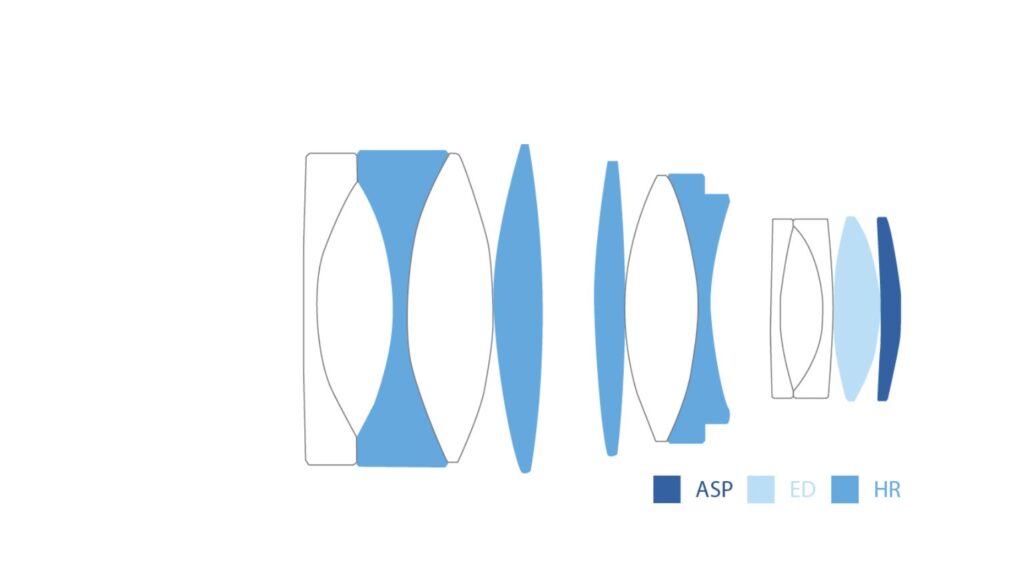

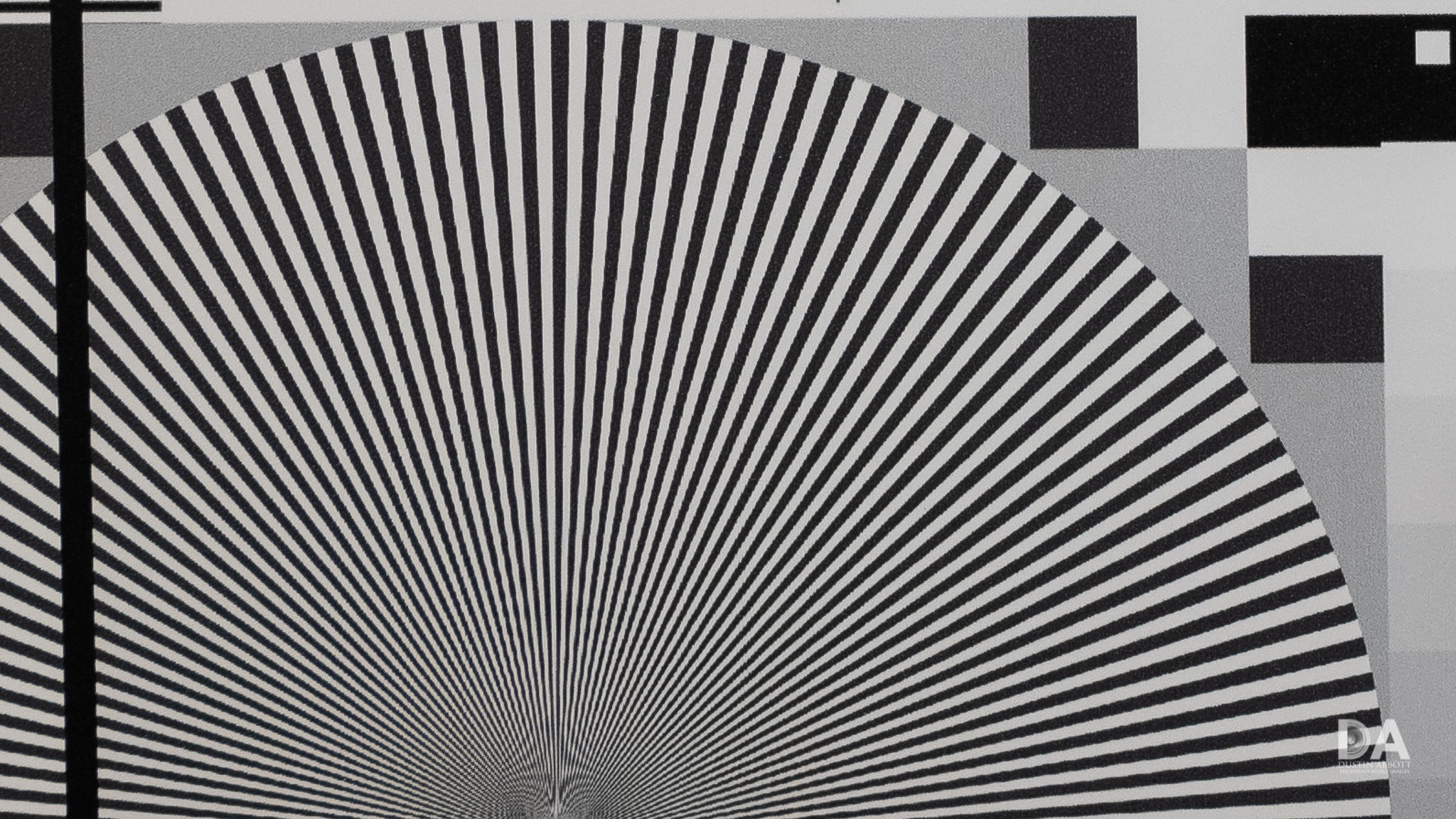
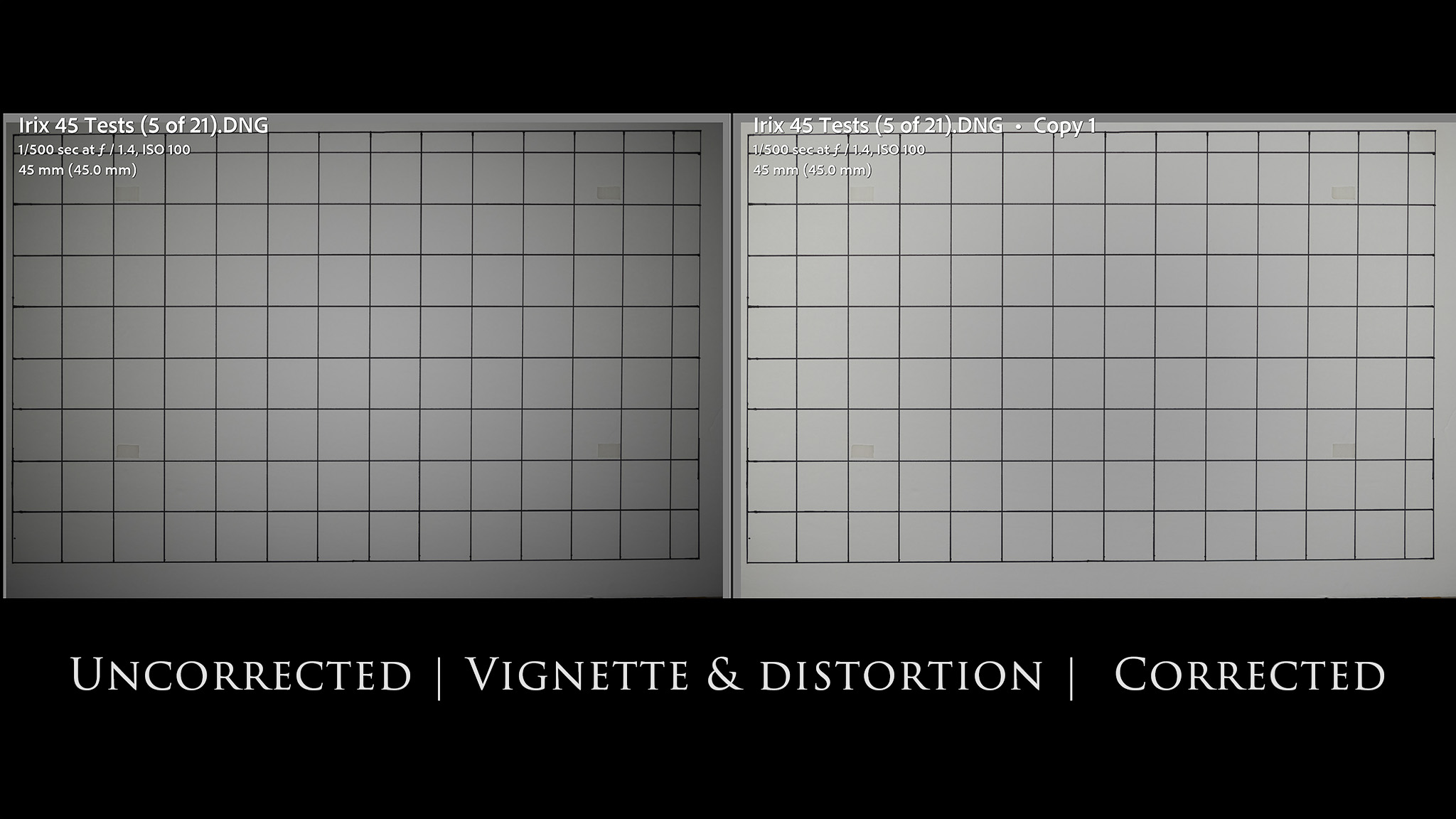

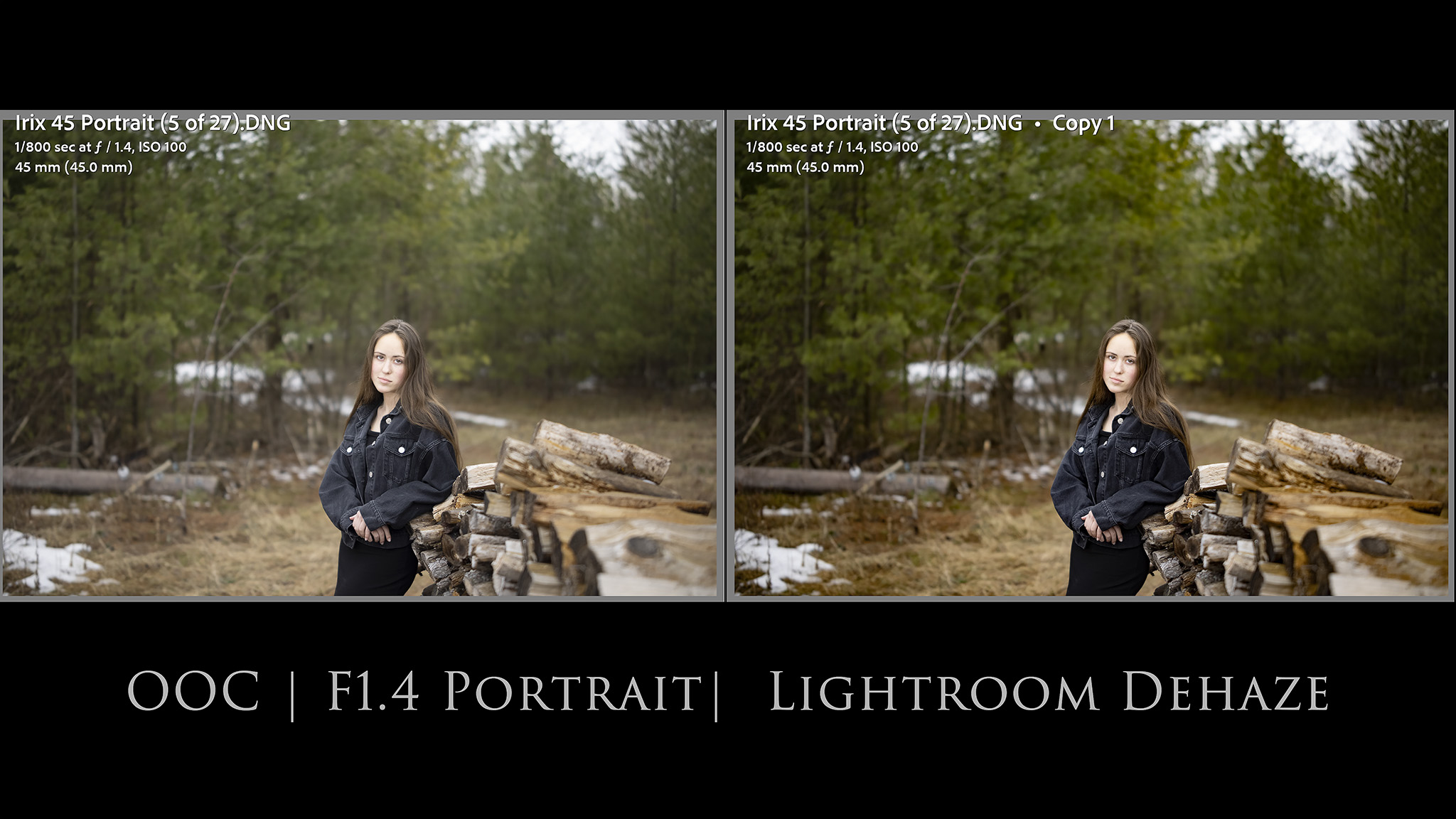
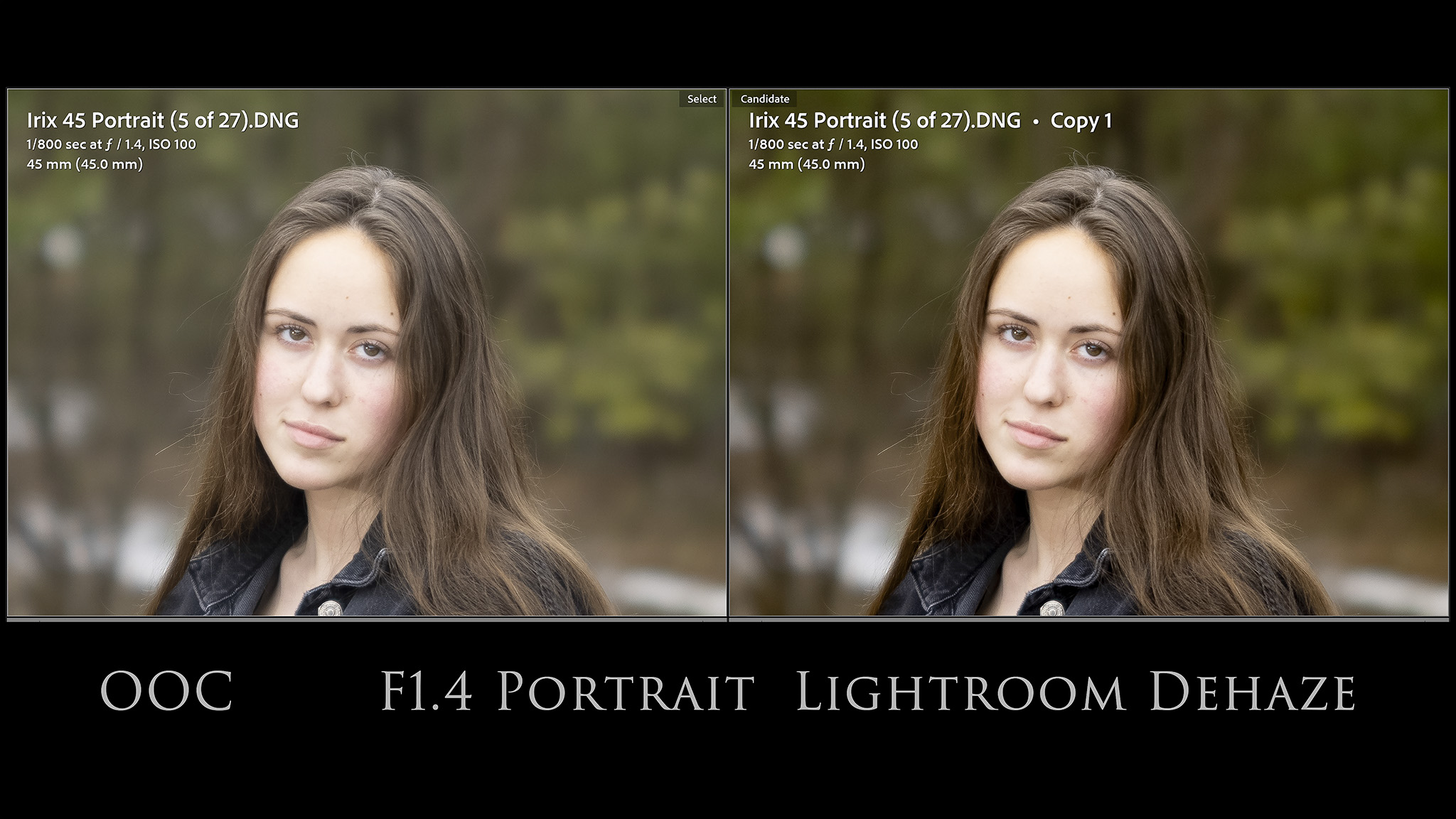





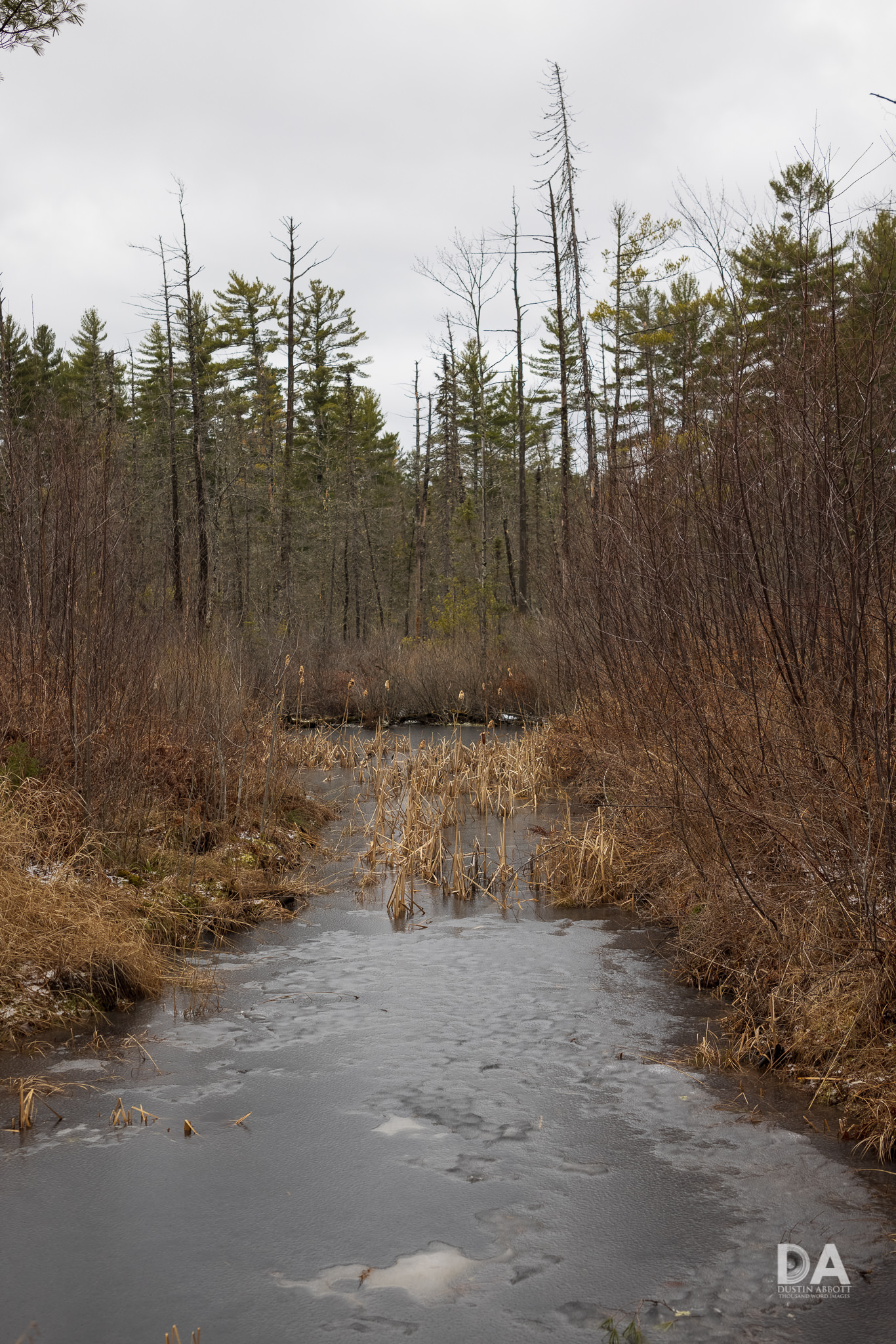
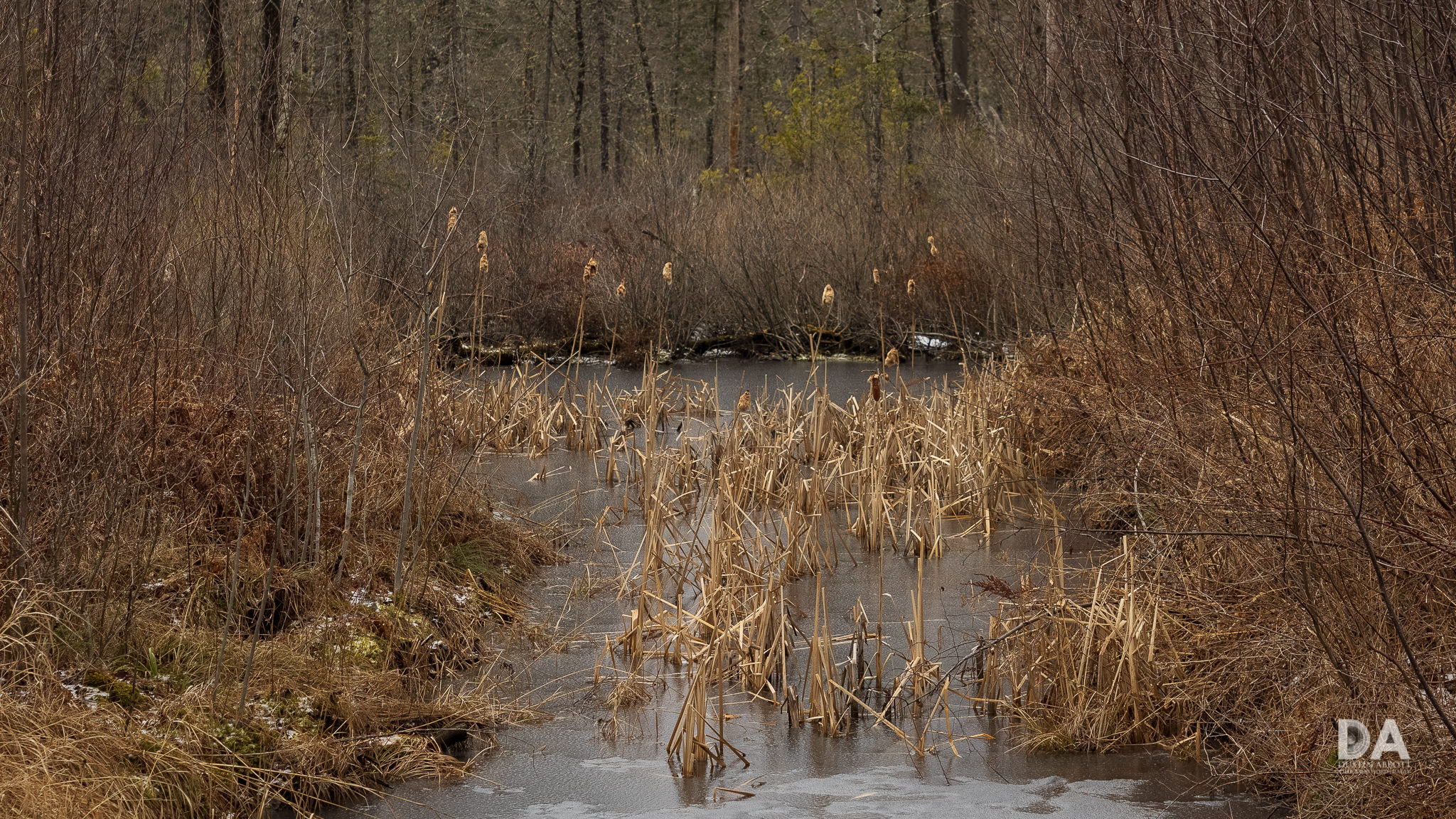


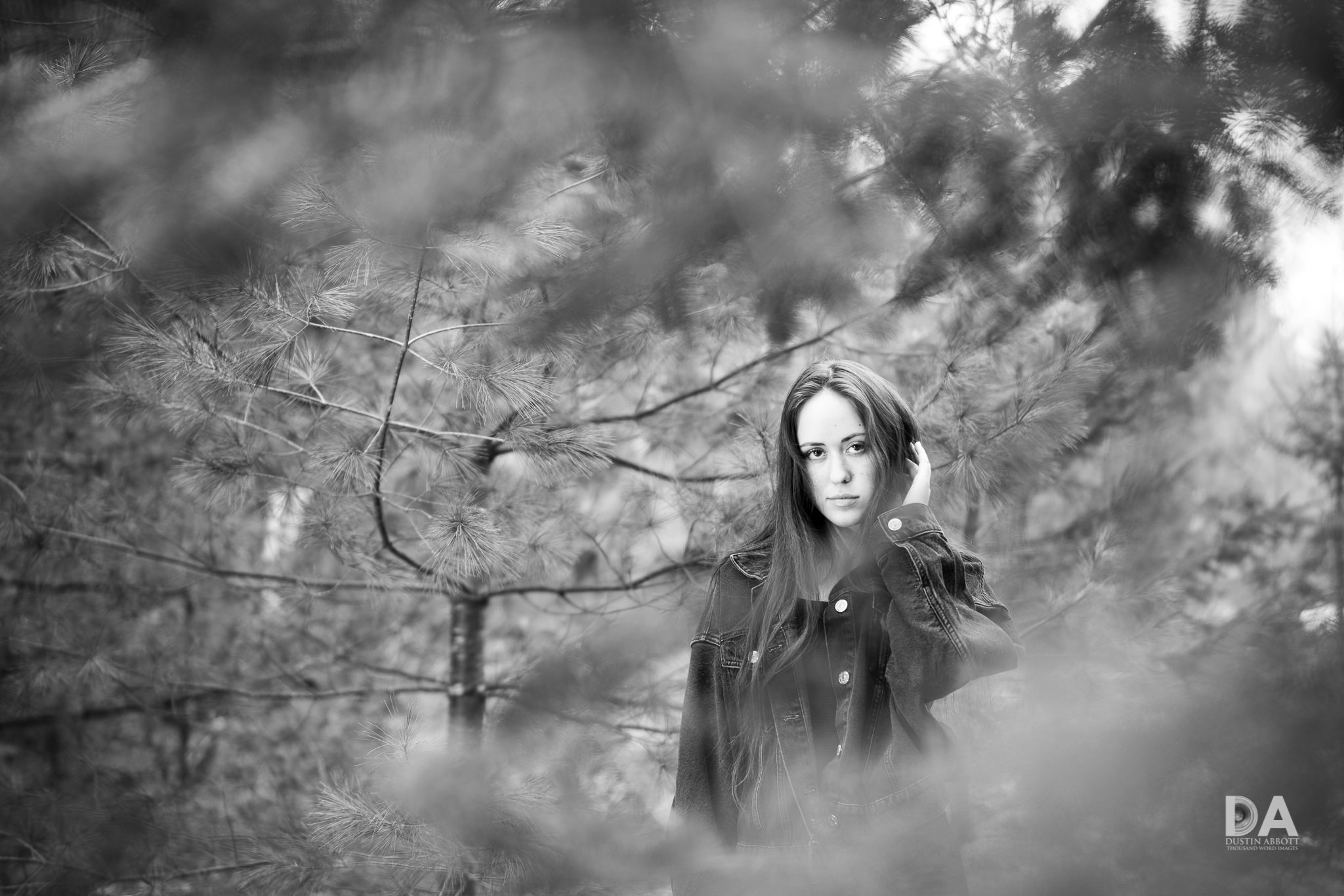
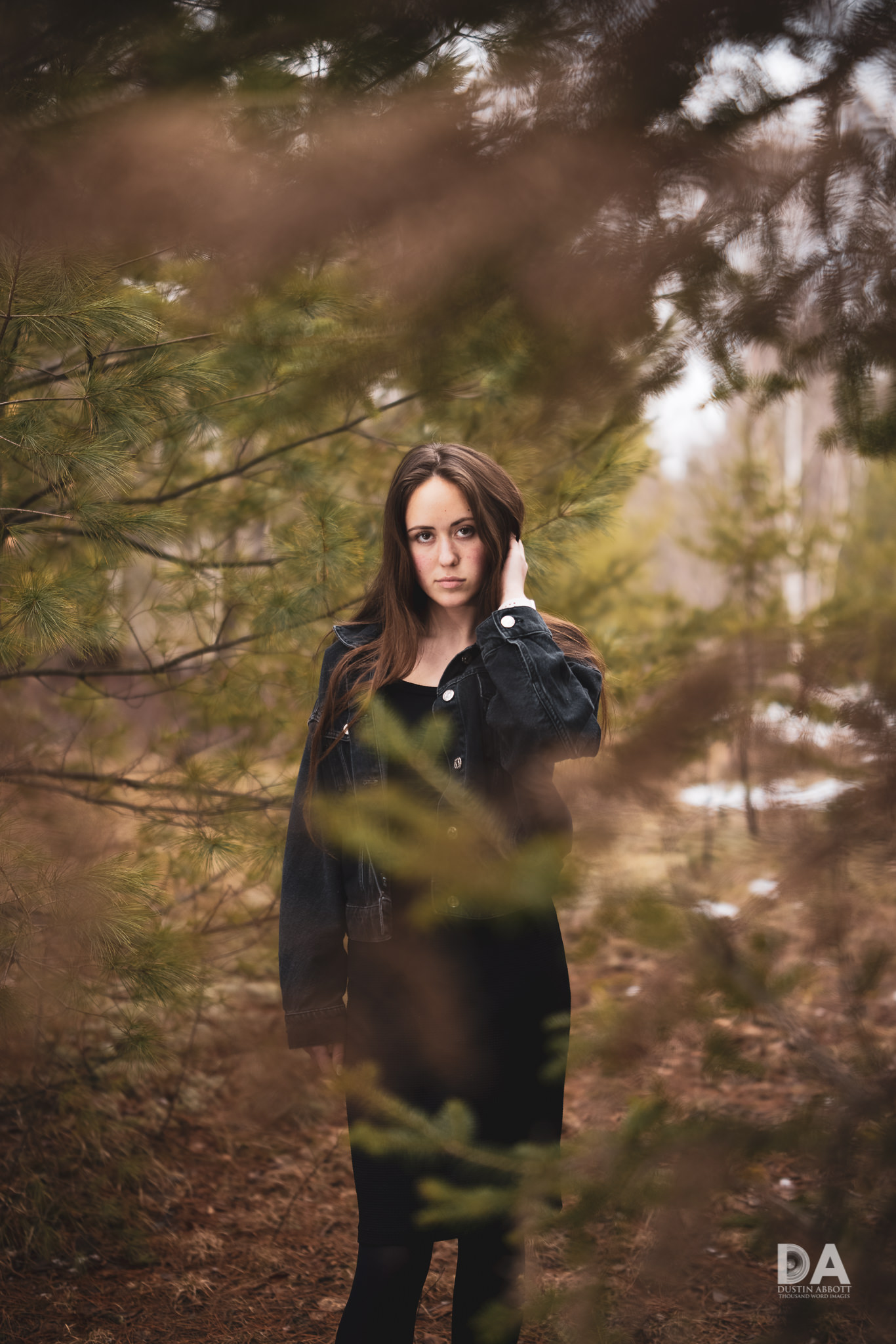

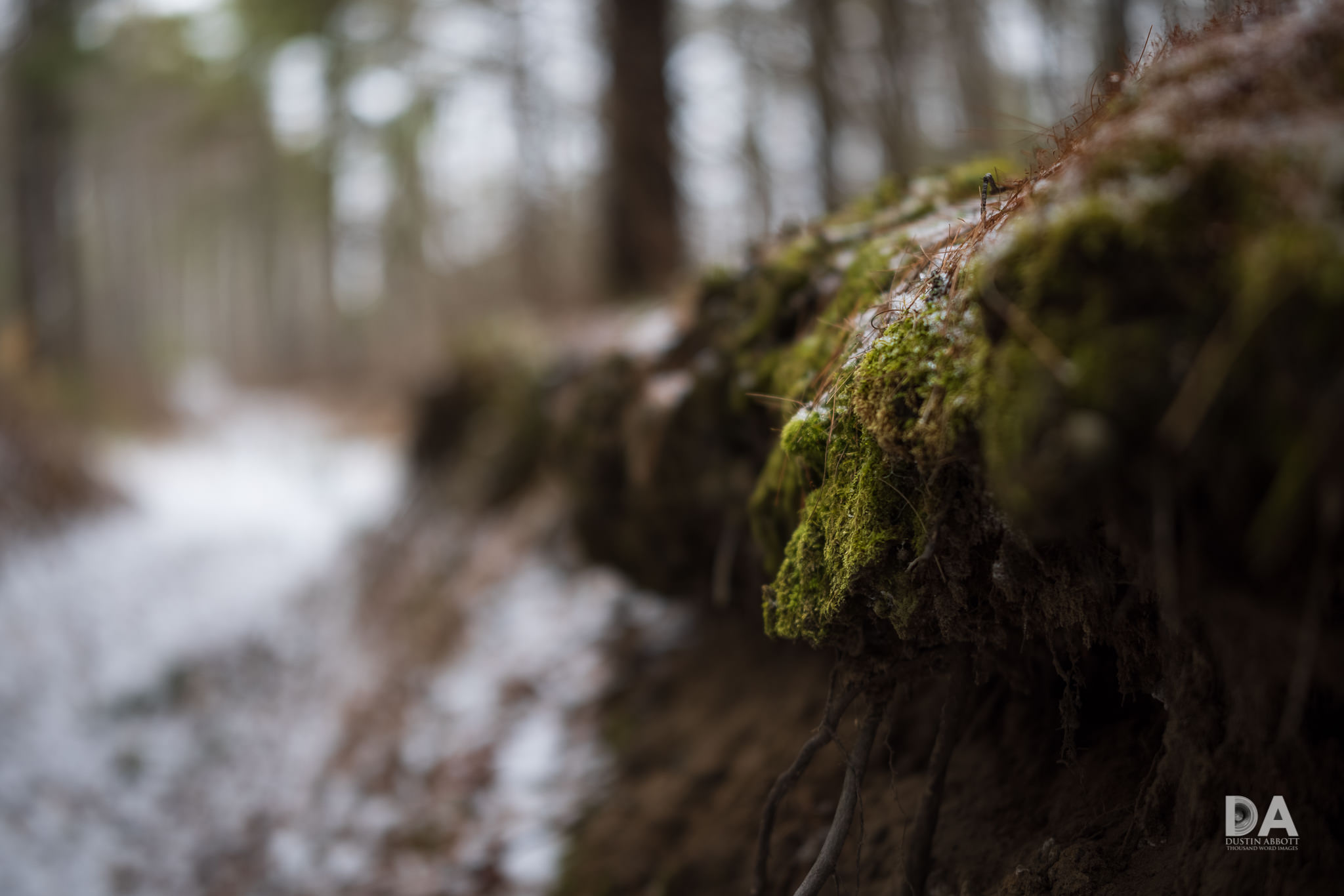


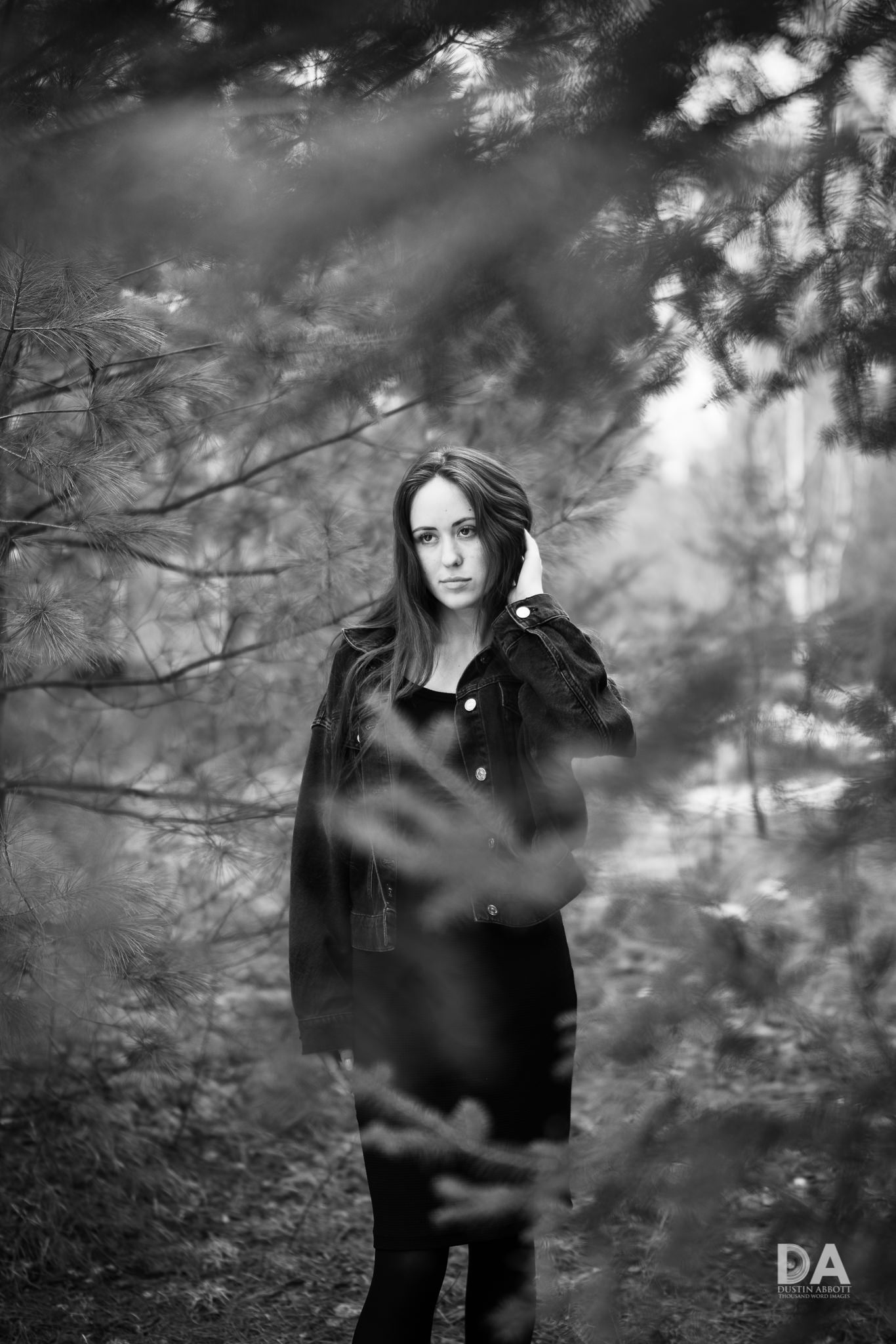

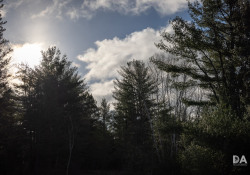






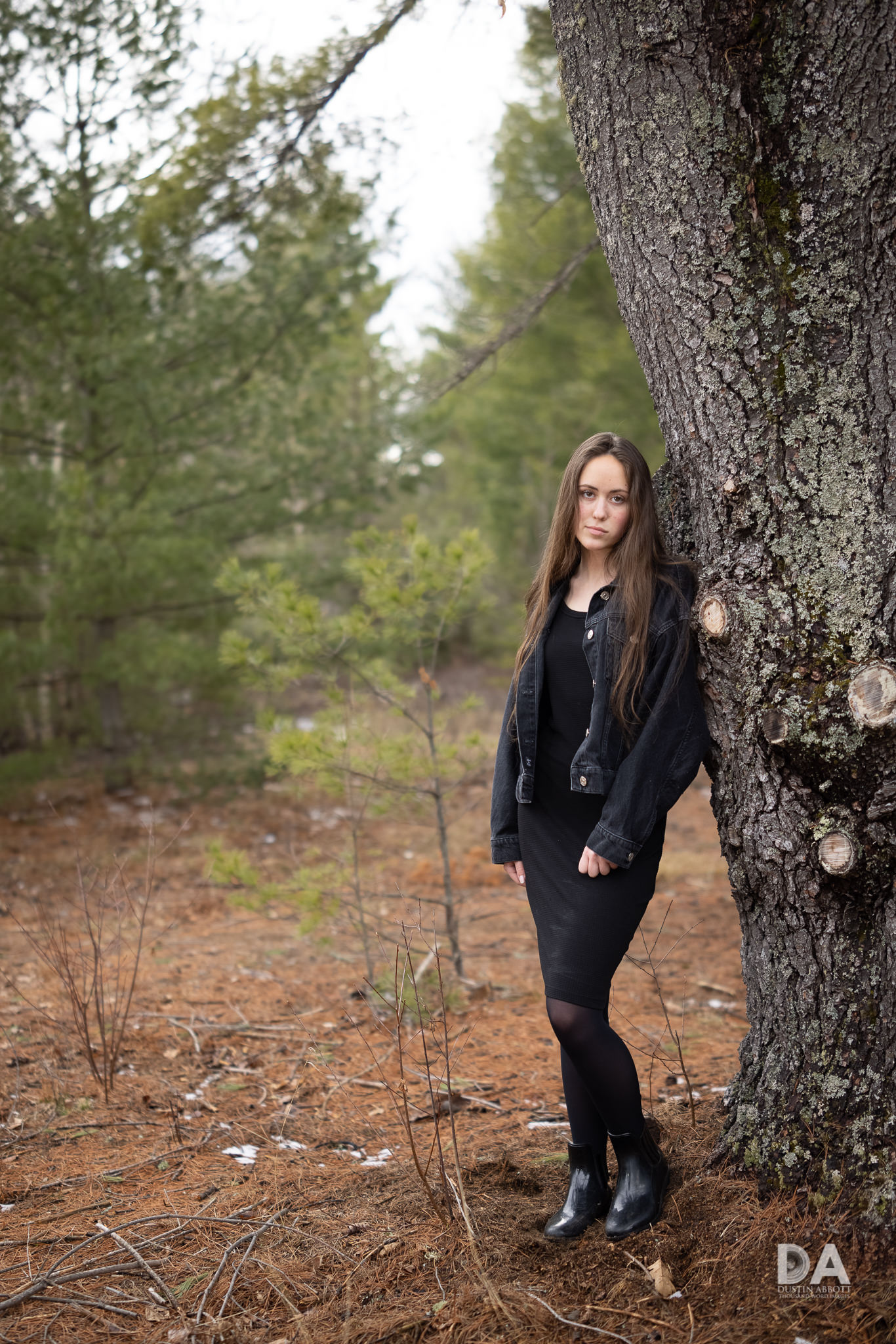






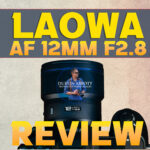 Laowa AF 12mm F2.8 Zero D Review (Z-Mount)
Laowa AF 12mm F2.8 Zero D Review (Z-Mount)  Nikkor Z 35mm F1.2 S Review
Nikkor Z 35mm F1.2 S Review  Kase AF 85mm F1.4 Review
Kase AF 85mm F1.4 Review  Fujifilm X-Half Review
Fujifilm X-Half Review 


